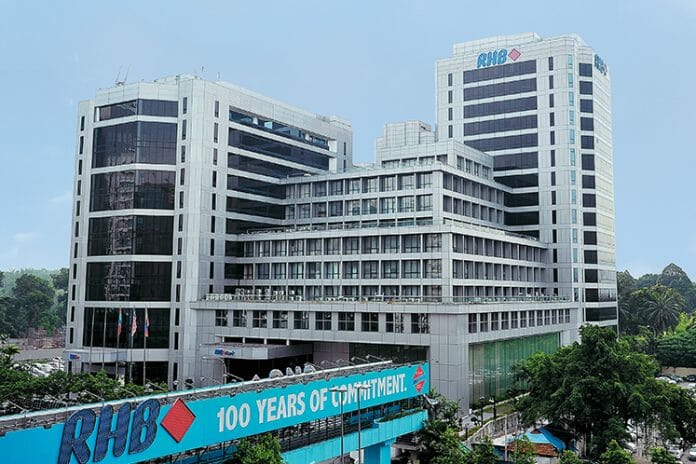Bank Negara Malaysia (BNM) released its 2023 Financial Stability Review (FSR) on March 20 where leading financial stability indicators – namely debt servicing capabilities of households and non-households – remained robust, although the share of firms-at-risk remains elevated for certain sectors.
RHB Investment Bank (RHB) said all in, the central bank is forecasting 4- 5% GDP growth in 2024, to be driven by private consumption growth and a global trade rebound, among other factors.
RHB stays NEUTRAL on the sector.
Non-households: Resilient amid elevated costs
For 2H23, businesses continued to maintain interest coverage ratios above prudent levels, implying healthy debt servicing capability.
This is in spite of still elevated input costs impacting profitability, especially for the construction sector, where moderations in input costs had yet to filter through to margins due to contractual obligations.
The overall share of firms-at-risk declined 3ppts HoH to 26.2% as of Dec 2023, although that indicator for the wholesale & retail trade, real estate, and tourism-related sectors still marked a HoH rise.
Households: No surprises
Household loans growth was at a strong 5.7% YoY in 2H23, while debt service ratios continued to hover at healthy levels.
Unsecured debt (eg credit cards and personal financing) as a proportion of total household debt remained largely flat HoH at 15.5%, indicating no significant uptick in debt servicing risk – especially as most household debt (71%) was borne by middle- to higher-income borrowers.
On asset quality, the central bank noted no major signs of stress – household NPLs were largely stable throughout FY23, and NPL formation was lower HoH.
Currency weakness to subside
BNM noted that the flow through towards inflation from a weaker MYR is manageable, as the effect tends to be more pronounced during output-depreciation periods. However, the effect should be more concentrated for necessity goods with a higher degree of imports, eg food and transport.
To mitigate the effects of currency weakness, BNM will step up engagements with GLCs to ensure a higher proportion of realised income from overseas is repatriated, and will monitor the conversion of export proceeds and import payments.
Lastly, BNM expects the MYR to recover moving forward, in line with the consensus view.
Other highlights
The central bank expects Malaysia’s GDP to record a 4-5% YoY expansion, driven by an increase in private consumption and a global trade rebound, partly from the technology upcycle. It expects some cuts of the US Federal Funds Rate this year, although no quantum or timeline was specified.
On climate risk management, near-term priorities for BNM will be to address fragmented approaches towards climate risk mitigation, ensuring the development of credible transition plans, and enforcing the disclosure of ESG-related metrics that are more suited towards investors’ needs, RHB added.









